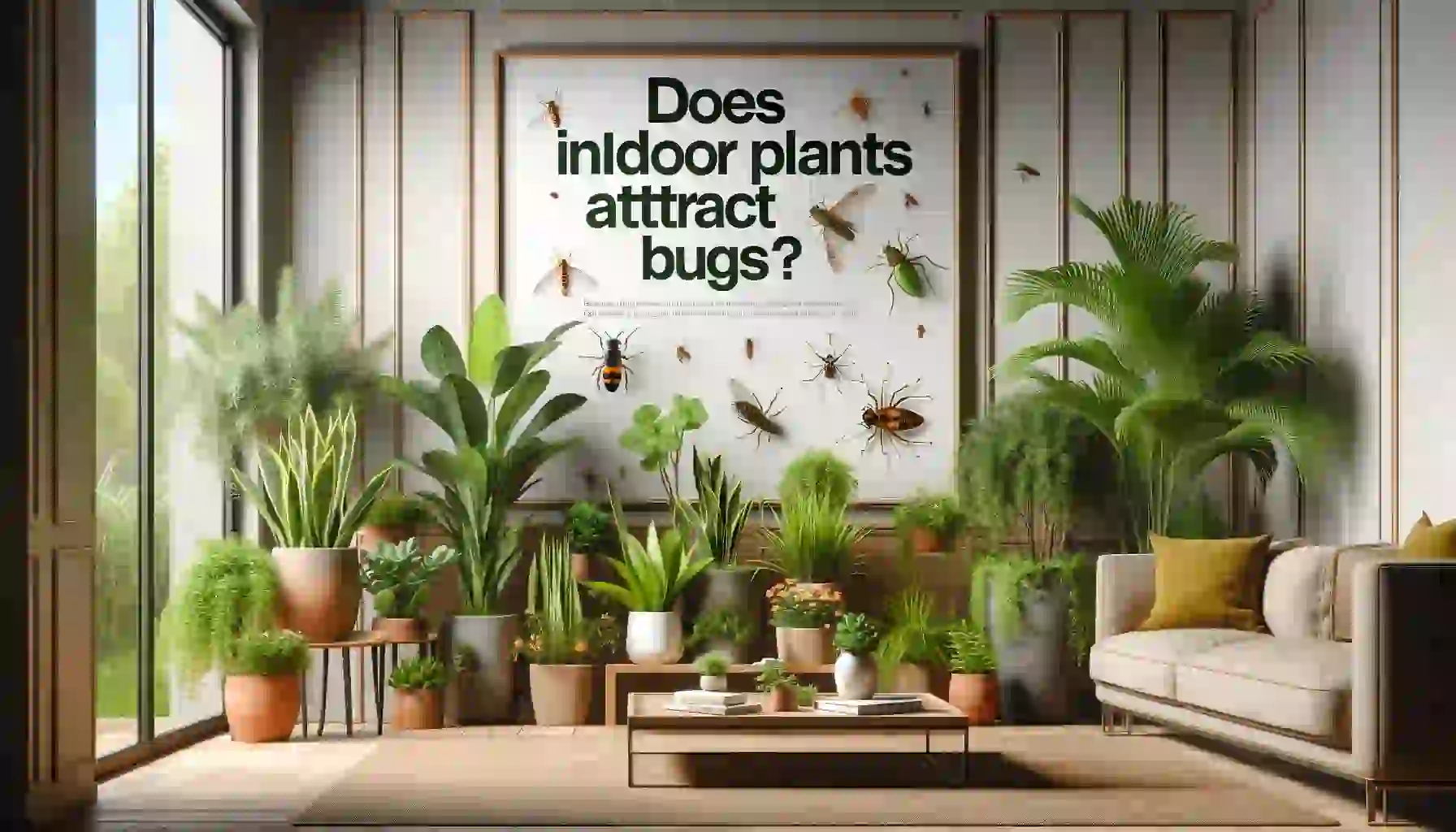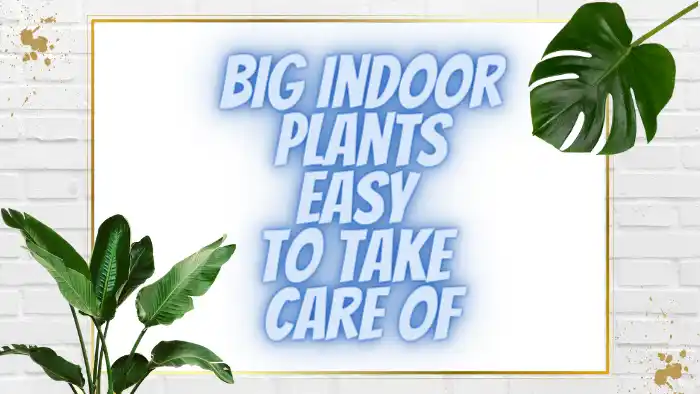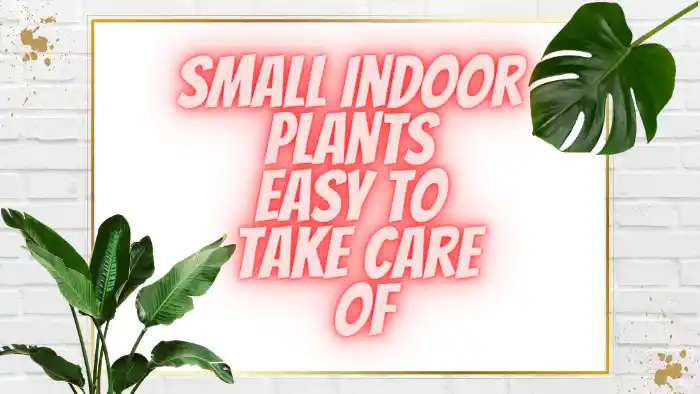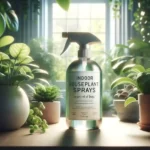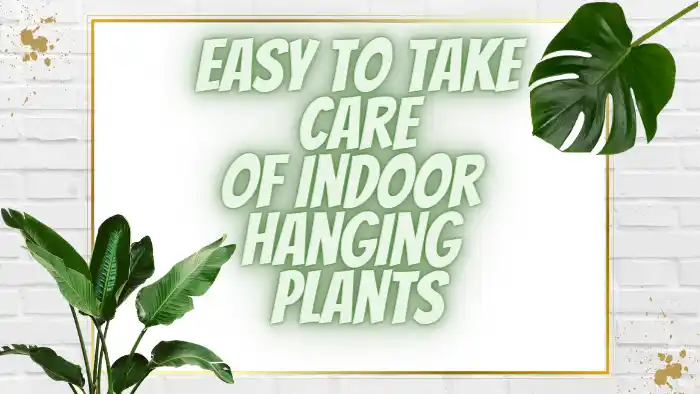Indoor plants have the power to transform our living spaces into lush green havens. They not only enhance the aesthetics of our homes but also contribute to improved air quality and overall well-being.
However, concerns about potential bug infestations have left many wondering whether the benefits of indoor plants outweigh the risks.
The Fascination with Indoor Plants
The allure of indoor plants lies in their ability to bring nature indoors. These living organisms provide a sense of tranquility and beauty, creating a soothing atmosphere that can alleviate stress and boost mood.
With a wide variety of plants to choose from, each possessing unique characteristics, there’s a perfect plant for every corner of your home.
Understanding the Bug-Plant Relationship
The Attraction Mechanism
It’s not uncommon for bugs to be attracted to plants. Insects are naturally drawn to the scent and color of flowers and foliage.
However, the attraction isn’t solely negative. In many cases, bugs can play a role in pollination, contributing to the reproduction of plants.
Factors Influencing Bug Attraction
Several factors influence whether indoor plants will attract bugs. The type of plant, its health, and the conditions it’s kept in all play a crucial role.
Overwatering, poor drainage, and lack of sunlight can weaken plants, making them more susceptible to bug infestations.
Common Bugs Attracted to Indoor Plants

Aphids and Their Damage
Aphids are tiny, pear-shaped insects that can quickly multiply and wreak havoc on indoor plants. They feed on plant sap, making leaves twist, yellow, and misshape.The sticky residue they leave behind, known as honeydew, can attract other insects and promote mold growth.
Fungus Gnats: Nuisances in the Soil
Fungus gnats are small, flying insects often found hovering around the soil surface of potted plants. While they don’t directly damage plants, their larvae feed on organic matter in the soil, potentially affecting root health.
Mealybugs: Hidden Pests
Mealybugs are known for their cotton-like, waxy appearance and tend to hide in leaf axils and crevices.
They suck sap from plants, causing leaves to yellow and wilt. Mealybug infestations can be particularly challenging to eradicate.
Signs of Bug Infestation
Yellowing Leaves and Wilting
Yellowing leaves and wilting are common signs of bug infestation. Bugs like aphids and mealybugs can weaken plants by siphoning nutrients, leading to visible damage.
Sticky Residue on Leaves
The presence of sticky residue on leaves, often accompanied by black sooty mold, indicates the presence of honeydew excreted by bugs. This residue can hinder photosynthesis and weaken the plant.
The presence of Tiny Flying Insects
The sudden appearance of tiny flying insects around plants, especially when watering, is a telltale sign of fungus gnat infestation.
Prevention and Management
Choosing the Right Plants
Selecting plants that are less susceptible to bug infestations is a proactive approach to prevention. Research the specific needs and potential vulnerabilities of each plant before bringing it into your home.
Regular Inspection and Maintenance
Frequent inspection of your plants is key to catching and addressing bug issues early. Regularly check the undersides of leaves, stems, and soil for any signs of infestation.
Natural Remedies and Insecticides
For minor infestations, natural remedies like neem oil, insecticidal soap, and introducing beneficial insects can help control bugs.
In severe cases, chemical insecticides may be necessary but should be used with caution.
Creating an Unattractive Environment for Bugs
Proper Watering Techniques
Overwatering can create favorable conditions for bug infestations Guarantee appropriate waste and permit the dirt to dry out somewhat between waterings.
Adequate Sunlight and Air Circulation
Providing adequate sunlight and proper air circulation can help maintain plant health and make the environment less conducive to bug breeding.
Conclusion
Indoor plants can indeed attract bugs, but with proper care and preventive measures, it’s possible to enjoy the beauty of your indoor garden without the fear of infestations.
Understanding the bug-plant relationship, recognizing signs of infestation, and implementing effective management strategies are essential steps in maintaining healthy and bug-free plants.
FAQs
Can all indoor plants attract bugs?
Not all indoor plants are equally attractive to bugs. Some plants have natural properties that deter insects.
Are bugs always harmful to indoor plants?
While some bugs can be damaging, others may play a beneficial role in pollination.
What’s the best way to prevent bug infestations?
Choosing the right plants, proper maintenance, and creating unfavorable conditions for bugs can prevent infestations.
Are chemical insecticides safe for indoor plants?
Chemical insecticides should be used as a last resort and following instructions carefully to avoid harming plants or humans.
How often should I inspect my indoor plants for bugs?
Regular weekly inspections are recommended to catch and address any bug issues early on.
I am a Horticulture graduate and passionate gardener with expertise in identifying, growing, and caring for plants, trees, and seeds. With a focus on sustainable practices, they aim to promote environmental awareness and appreciation for the natural world.
